|
Audio Version Available
|
She remembers once she was carrying her newborn baby when a woman stopped her and asked her point blank: “What’s wrong with your daughter?”
Elaine Ng was at a hospital, paying a treatment bill with little Sophie, who was just a few months old at the time.
She patiently and calmly explained to the stranger that Sophie had a rare skin condition called Netherton Syndrome, which is a genetic skin condition that causes flaky, red and raw-looking skin as well as dry and brittle hair.
Then she went home and cried.
Today, the 38-year-old marketing manager says that she has come to terms with her daughter’s condition.
She and her business development manager husband George, 39, have since got used to attending to Sophie’s special needs, like oil baths at least twice a day, lasting up to an hour each time. Sophie is the couple’s only child.
Moisturising her skin is also a big part of the routine as it prevents itchiness due to dehydration.
This is important because aside from having Netherton Syndrome, Sophie is also a methicillin-resistant staphylococcus aureus — more commonly called MRSA — carrier.
Sophie is only child in Singapore — it affects about 1 in 200,000 babies — with Netherton Syndrome. There are other babies who have been diagnosed here, but live overseas. Aside from the topical symptoms, children with Netherton Syndrome tend to be underweight and have a compromised immune system.
“I want her to go out to play with the sand, skate, run, scrape her knees just like any other child would,” Elaine tells The Pride.
But she can’t.
At least not without taking a host of precautions that many parents take for granted.
“Many parents get to take their babies out to playgrounds to play, but we were busy making friends at the hospital,” she adds with a gentle laugh.
Since MRSA is a staph bacterium that lives on the carrier’s skin, any open cut puts Sophie at risk of getting a life-threatening blood infection.
The three-year-old has already been hospitalised six times for sepsis – blood poisoning by bacteria.
Overwhelmed
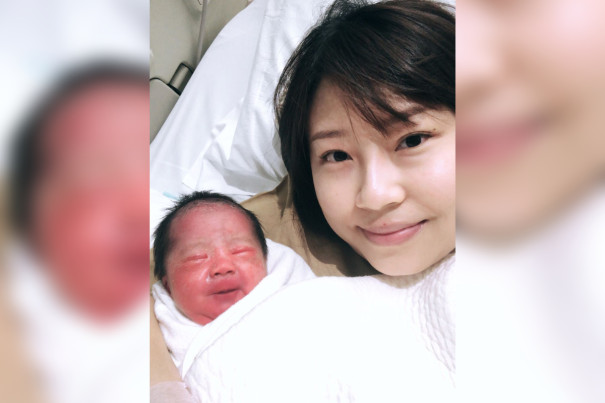
Sophie was born five weeks premature at Mount Elizabeth Novena Hospital and weighed only 2.25kg. At birth, the doctors noted that she had dry skin and a lower body temperature than usual.
“We thought it was just typical of premature babies, so we were not too concerned,” Elaine explains.
Sophie was sent home only after half a day at the hospital’s Neonatal Intensive Care Unit (NICU).
However, just five days at home, Elaine and George felt that something was off.
Sophie’s skin was still red and dry, and her body temperature was constantly low — 35°C to 36°C. The worried new parents decided to send her for an early check-up at Mount E.
Elaine adds: “You know how people always say the mum’s intuition quite zhun (Singlish for accurate) right? I’m so glad we decided to play it safe.”
From Mount E, Sophie’s concerned doctor sent her to KKH, where she and her parents were quickly swarmed by doctors.
“Every doctor of every part of the human anatomy came to see Sophie. It was overwhelming being bombarded with questions,” Elaine says.
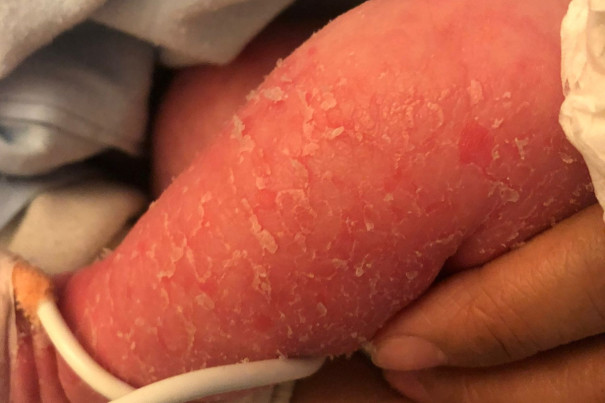
The doctors diagnosed Sophie early. But while awaiting lab tests for confirmation, Elaine and George were still hoping against hope.
“Every parent wishes for their child to be healthy. So, we kept telling ourselves ‘Aiya, it’s just premature baby skin lah’ ,” Elaine says.
But when the results came back, their hopes were dashed.
Getting the news was crushing, admits Elaine.
The thought of bringing up a child with a life-threatening condition sent her into a downward spiral of depression.
Connecting families
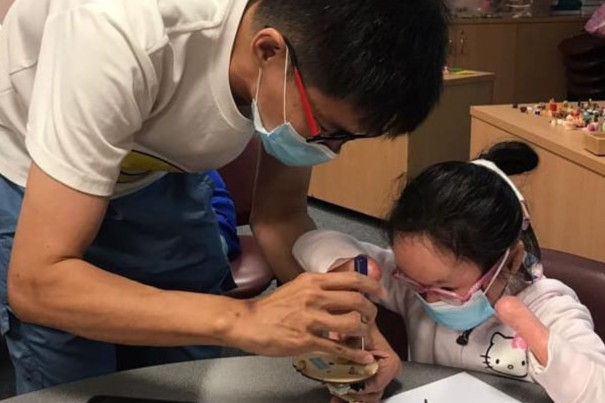
As George and Elaine slowly navigated a world with a child with Netherton syndrome, they realised that it was going to be a lonely journey for them.
Being a rare disease, there were few local support groups who could offer proper advice.
“We had to learn how to care for Sophie from online websites and overseas support groups on social media,” says Elaine.
Friends from their social circles were supportive, but it was difficult to find empathy and advice as their friends didn’t have a child with the same condition.
Thankfully, this did not last long.
One of the doctors treating Sophie is Associate Professor Mark Koh, 48, Head and Senior Consultant of the Dermatology Department at KKH. He was the doctor who diagnosed Sophie.
He tells The Pride that he understands how lonely it may feel for Elaine and George.
The paediatric dermatologist, who is also the president of the Rare Skin Conditions Society (RSCS), connected Elaine and George with Samuel Ng, 44, a member of the support group for parents with children who have rare skin conditions.
Other stories you might like
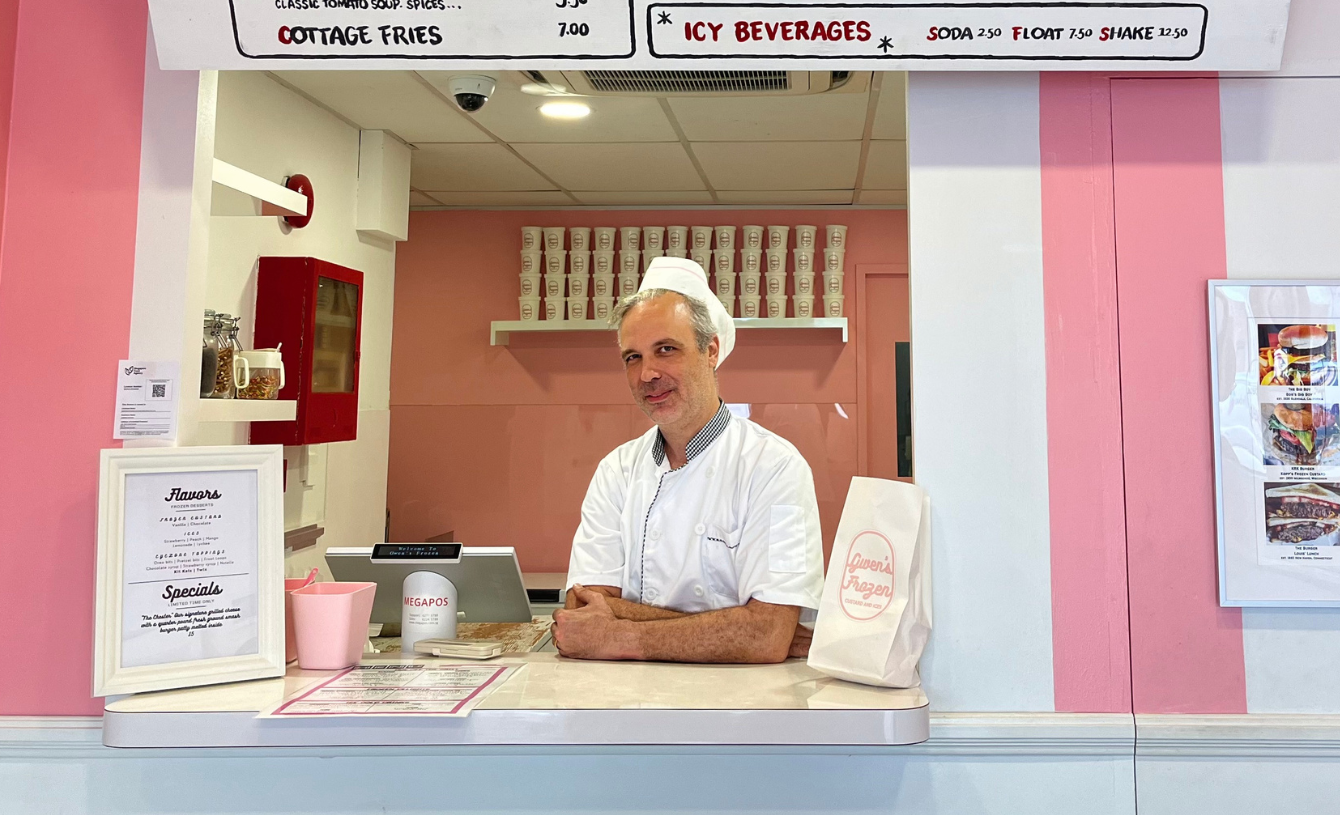

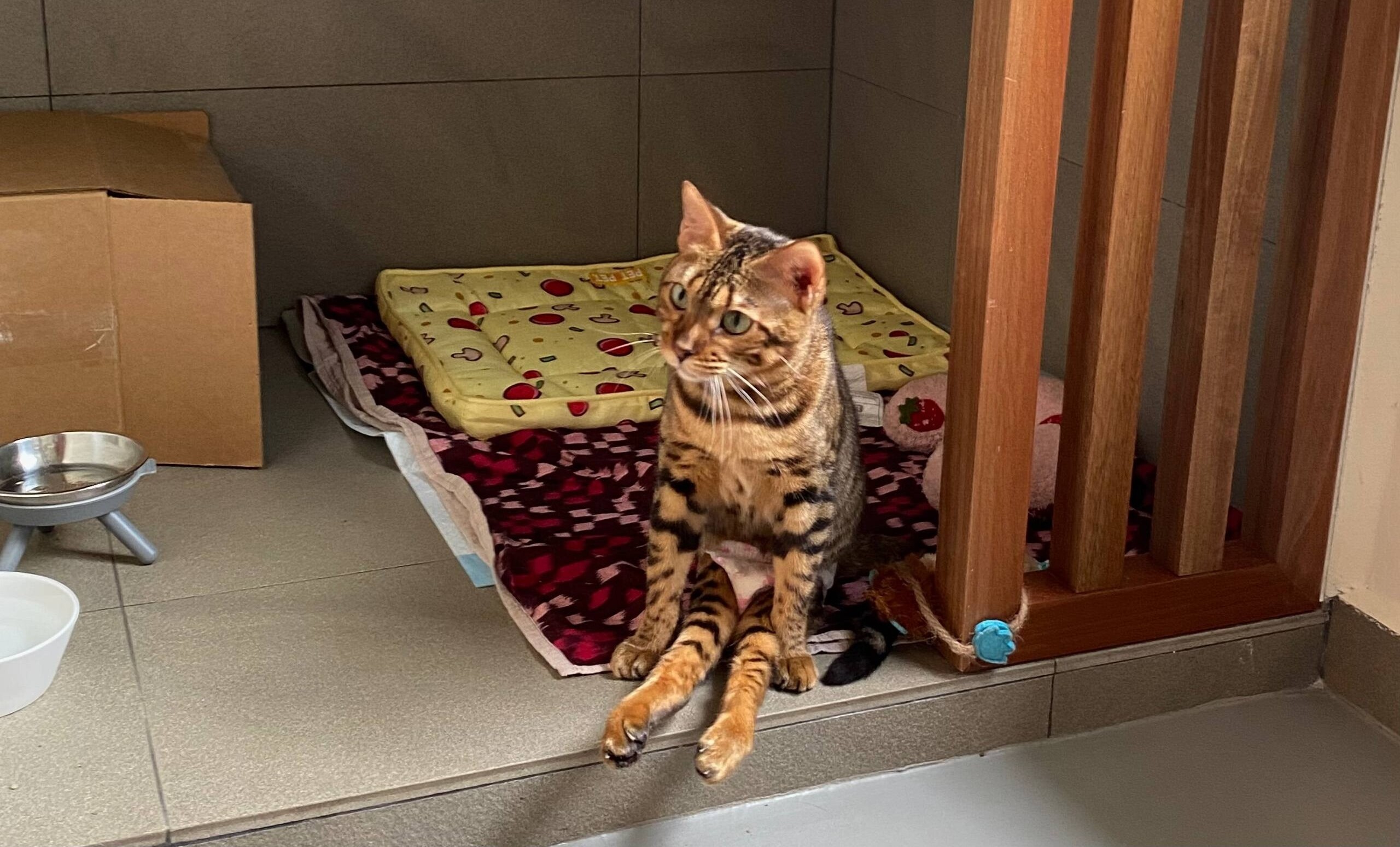
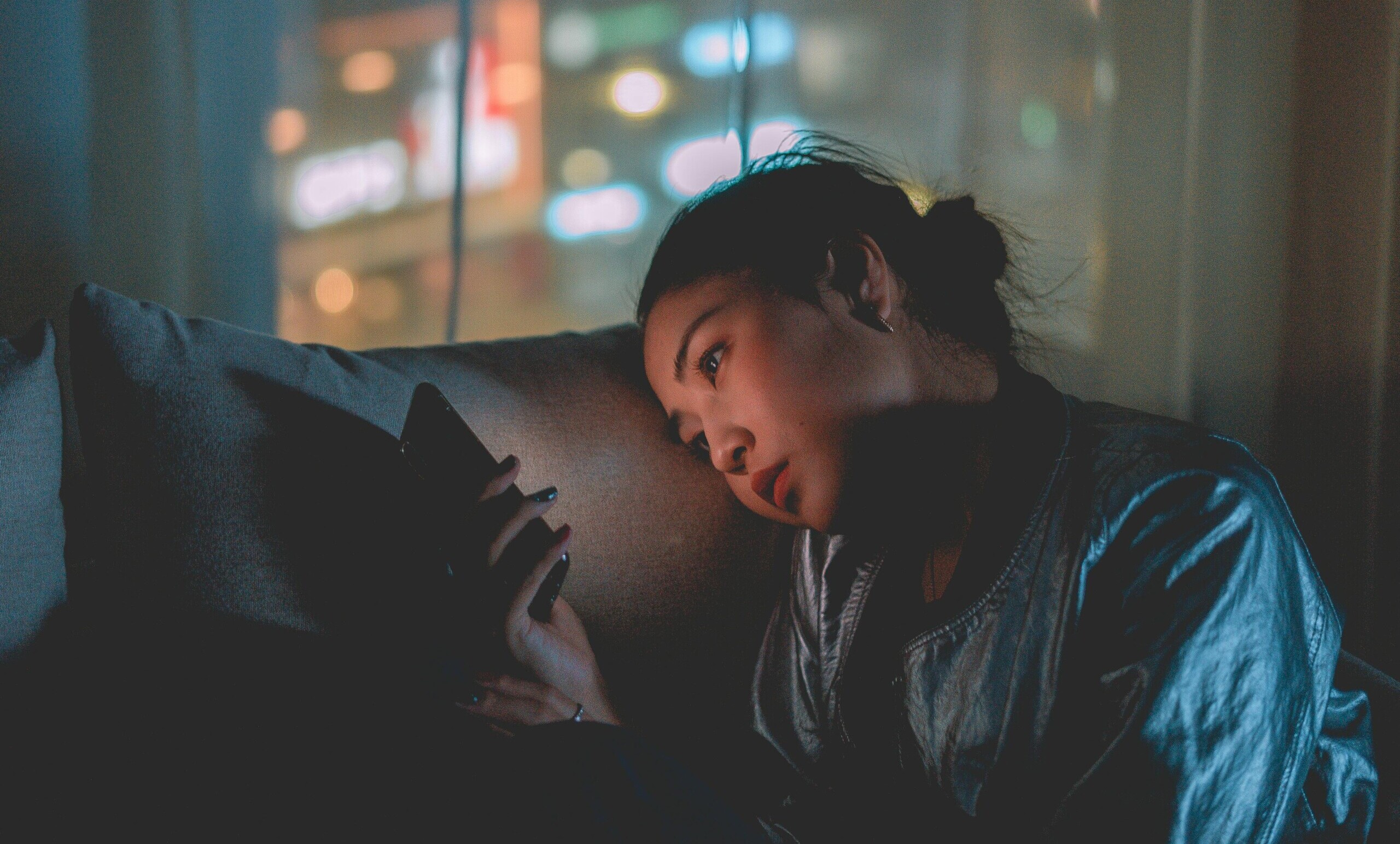
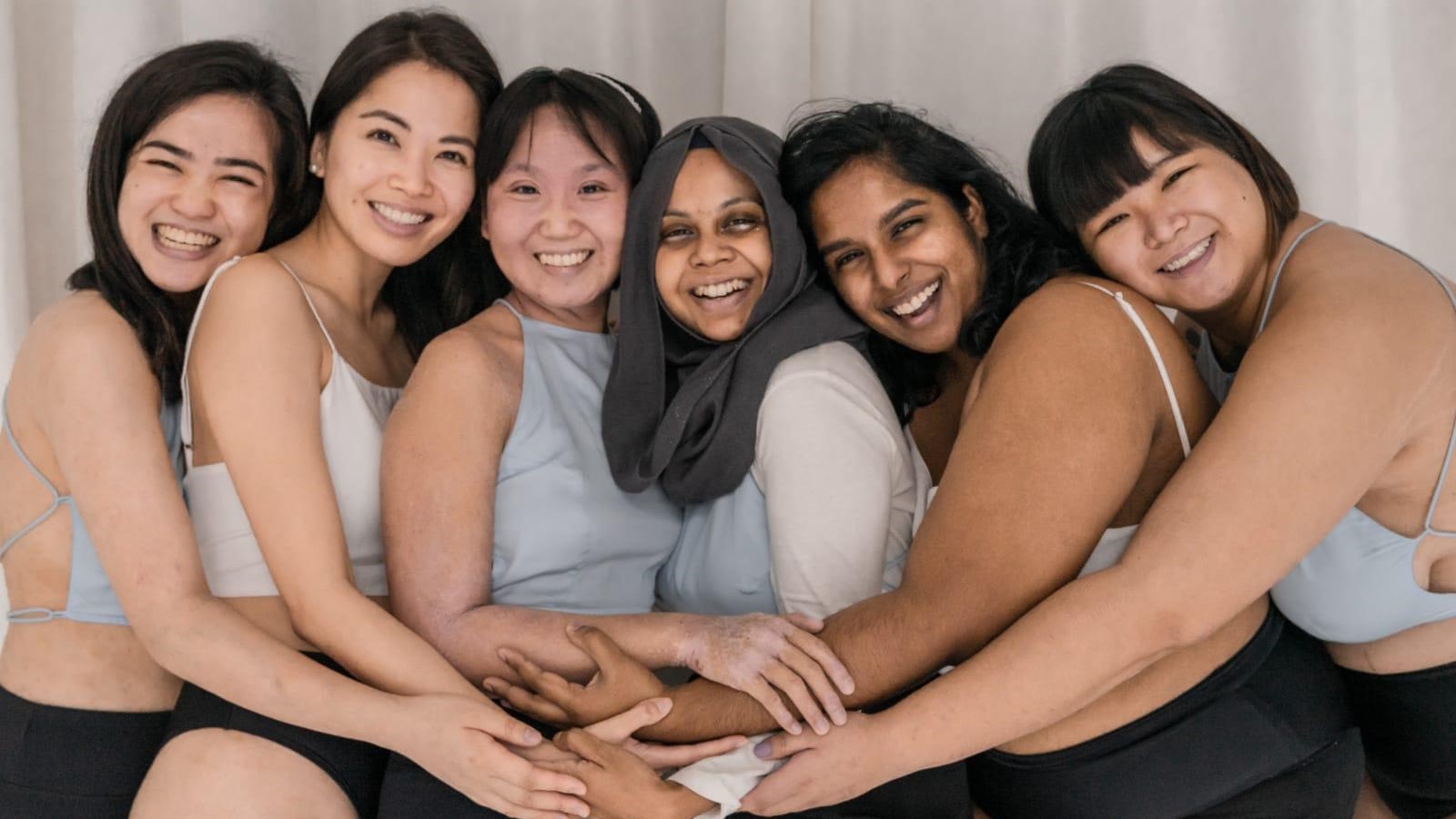
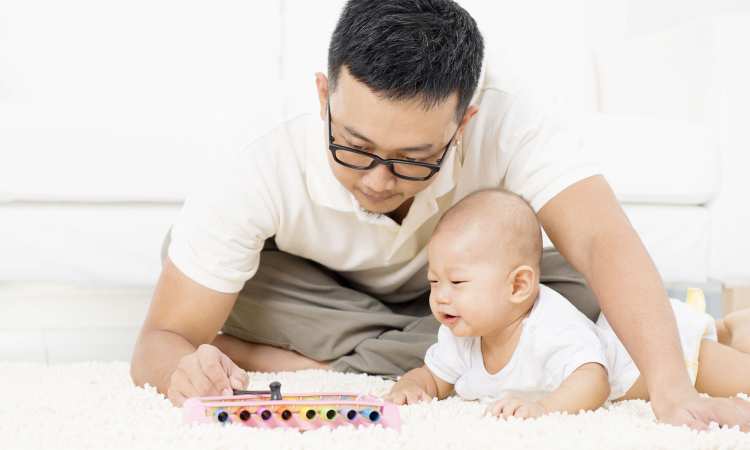
Founded in 2017, RSCS was set up by doctors to help build awareness and serves as a support group for caregivers and patients with rare skin conditions in Singapore.
“RSCS aims to help parents support each other because the initial stages of diagnosis can be hard for families to accept sometimes,” Assoc Prof Koh explains.
Samuel’s six-year-old daughter, Zoe, has Harlequin Ichthyosis, another rare skin condition that causes dry, thick, and scaly skin. She’s his youngest child – Zoe has two older siblings, Charis, 12, and Benjamin, 10. Samuel is a single parent.
When he met Elaine and George, he offered advice to the worried parents from his experience of raising Zoe. When Sophie was in hospital, Samuel would also visit to reassure them.
“Samuel was really the beacon of hope for me,” Elaine says.
Samuel explains that he wanted the young parents to feel less alone.
He says that when Zoe was born, he was waiting to see her for the first time when a nurse came up to him and said what no parent would ever want to hear: “Don’t be shocked, okay?”
He admits that the warning didn’t lessen his surprise. “Initially, I was quite shocked because it was so unexpected, but afterwards I was like ‘okay, just move on’,” Samuel says.
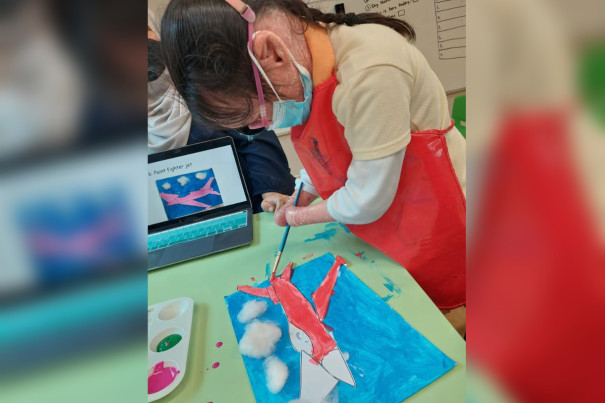
One week after she was born, Zoe lost both her hands, which fell off because the skin on her arms were too dry and scaly.
Since then, Samuel has brought up Zoe, who has grown into a vivacious six-year-old, along with his two other kids with support from his parents.
“My parents have been really helpful, they have supported me as I bring up the kids,” Samuel says. Another thing that helped him through his tough times was his religious faith.
Elaine and George also managed to find support from other parents around the world through a private Facebook support group called The Netherton Syndrome “Family” Forum.
Elaine recounts one of the most heartwarming moments she had, when a mother from the United Kingdom sent them a box of products including scratch sleeves (to prevent babies from scratching and tearing sensitive skin) and creams for Sophie.
They have never met in person before.
“Many parents in the group have been extremely supportive especially during my darkest days, despite being oceans and continents away. It’s a lonely journey that not many understand,” Elaine adds.
Curious stares and unsolicited comments
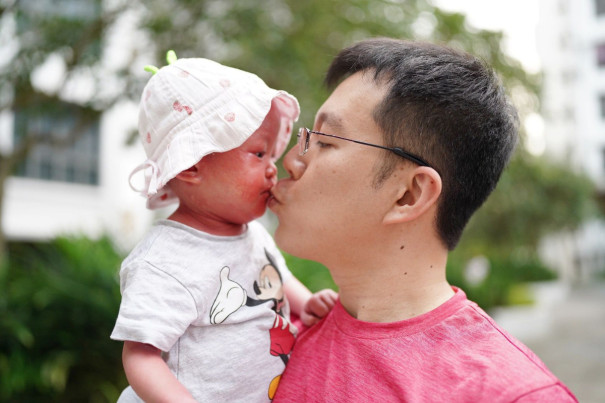
Unlike other illnesses, a skin condition tends to draw more attention.
That rude auntie at the hospital’s payment kiosk wasn’t the only time Elaine had to deal with unsolicited comments.
She says that just recently, she asked by a mother who said: “Why is your daughter so red? Did you leave her out in the sun for too long?”
Elaine laughs as she remembers how ridiculous the question was: “Why would I leave my child out in the sun to bake?!”
She says that she and George have become used to the stares and uninformed comments. But now she’s starting to worry about when Sophie gets older.
“My biggest fear is when Sophie starts to understand and realise that the stares and rude comments are directed at her,” Elaine explains.

Samuel, who has become used to dealing with curious looks and remarks, explains that what’s important is teaching their children to manage such encounters themselves.
“I’m trying to build up Zoe’s resilience because, as much as I can control the interactions people have with her now, I can’t do it forever,” he says.
So just as important as Zoe’s skincare routine – with oil baths lasting up to four hours, not to mention the rigorous moisturising regime – his family never fails to remind Zoe how much she is loved.
How you can help
“Most who stare when they see people with rare skin conditions do not have ill intentions; it really is about the lack of awareness,” Dr Lynette Wee, Consultant, Department of Dermatology, KKH, explains.
She is a member of RSCS’s executive committee, on which Elaine also sits.
It is human nature to be curious when we see something new, so education is key, says Dr Wee.
“Unfortunately, we live in a superficial society where we are judged on how we look. I really want to change this for Sophie and other patients of rare skin conditions,” Elaine adds.
Other stories you might like




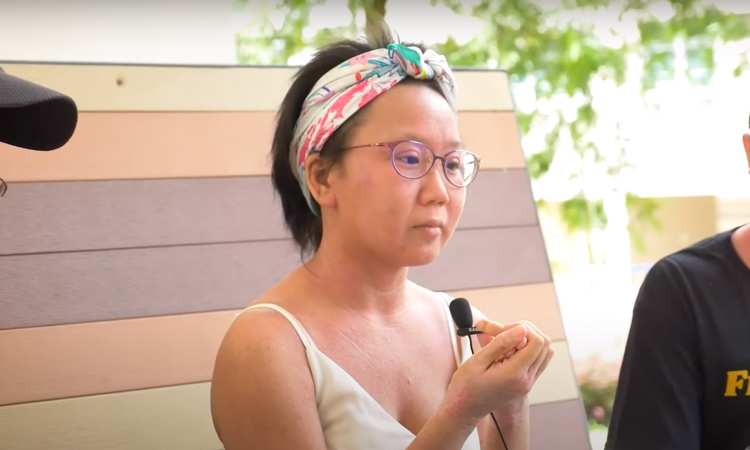
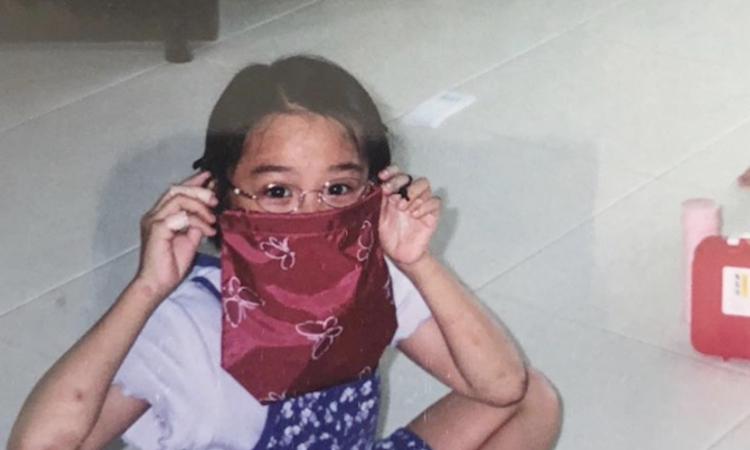
Families of patients with rare skin conditions not only face physical and social challenges but can sometimes face financial troubles despite available subsidies, as treatment bills can pile up quickly. Apart from being a support system for families, RSCS also strives to help relieve financial stress on families.
“Sandwich” generations – young people who have children and older parents or fall in the middle-income group – tend to feel the financial stress the most, as they may not be eligible for certain subsidies or are unable to afford long-term expensive medical care for some life-long genetic skin conditions.
“Even though we do not have a lot of funds, I believe it is assuring enough for the families to know that there is a support system set up for them here,” Dr Wee tells The Pride.
The non-profit often does fund-raising events, such as selling handmade quilts and tote bags.
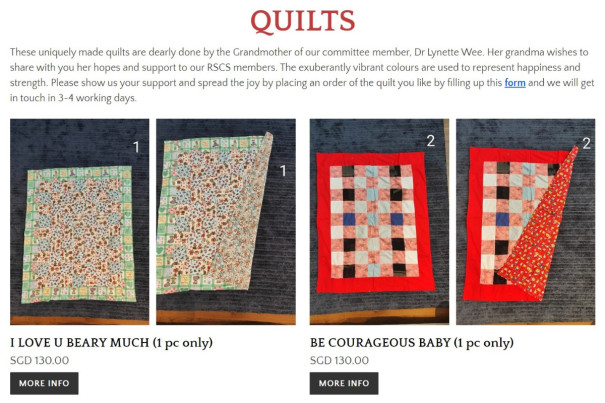
On Oct 1, RSCS partnered another support group DEBRA, or Dystrophic Epidermolysis Bullosa Research Association Singapore, on a fundraising campaign called Run for Rare.
The hybrid campaign comprises a virtual run and a physical event on Dec 3.
Participants can create or join teams to clock in running distances. You can also attend the event on Dec 3 at Sandbank in East Coast Park to bond and eat with other caregivers of children with rare skin conditions. A $50 donation to the two charities gets a goodie bag worth $200.
Run for Rare aims to raise $80,000 and is already halfway towards this goal.
“The support is great seeing how we managed to raise $40,000 in just 18 days. We really hope that we can help our patients live functional lives, one step at a time,” says Dr Koh.
“If people come across the page and don’t donate, it’s totally fine because at least they can read about what rare skin condition is, what RSCS is, what DEBRA is,” Dr Wee adds.
If you like what you read, follow us on Twitter and Google News to get the latest updates.


